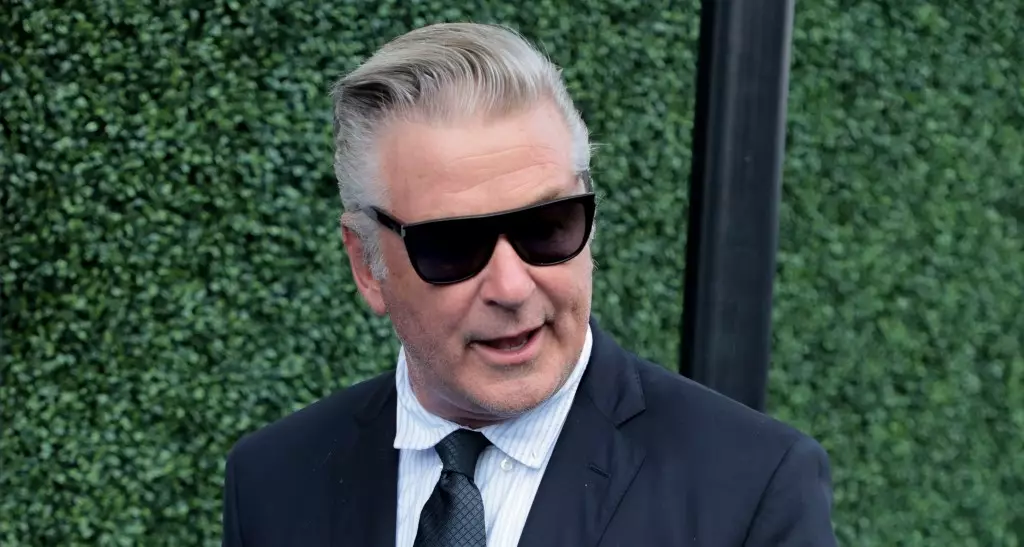The absurdities of Hollywood and the forces that shape its narrative have once again taken center stage with the ongoing fallout from Alec Baldwin’s involuntary manslaughter case regarding the tragic shooting of cinematographer Halyna Hutchins. While Baldwin’s legal battle appeared to have come to a resolution in July 2023 when the case was dismissed, the specter of this incident continues to haunt him. The legal wrangling is not merely a battle for reputation; it highlights broader issues about accountability and the impact of celebrity in the legal system.
The events of October 21, 2021, during the filming of the indie Western *Rust*, changed the course of lives and careers forever. Baldwin, who was pointing a Colt .45 at Hutchins during a rehearsal, accidentally fired a live round, resulting in Hutchins’ death and injuring director Joel Souza. Despite Baldwin’s insistence that he never pulled the trigger, investigations—including examinations by the FBI—contradicted his claims. The firearms expert who manufactured the weapon also testified against him, making it hard for the public to introduce sympathy into the narrative.
The resulting public outcry placed the incident under intense scrutiny, both from the media and legal entities, and raised important questions about the safety protocols on film sets.
Even after the case was dismissed, Baldwin’s troubles remained. The prosecution, led by Special Prosecutor Kari Morrissey, sought to have the court reconsider this decision. Baldwin’s legal team responded vehemently, arguing that Morrissey had previously “buried evidence” and “lied” during the trial proceedings. Their statement had an air of condescension toward the prosecutor’s motives, illustrating how personal animosities and professional vendettas can complicate legal matters.
The overarching narrative here becomes evident: Baldwin’s attorneys framed the prosecution’s efforts as a desperate attempt to usurp judicial authority and divert blame onto him. This struggle reflects deeper societal issues surrounding how saturation media coverage can influence judicial processes and shape public opinion long before a judgment is rendered.
Judge Mary Marlowe Sonner’s handling of the case demonstrates how courts can sometimes appear dismissive of guidance-bending presentations from prosecution. Her decisions to publicly mock Morrissey’s lengthy submissions showcase an unsettling power dynamic; judges must navigate not just factual presentations but also the egos involved. By deeming the prosecution’s conduct “egregious” and dismissing the case “with prejudice,” Sonner sent a firm message about maintaining ethical judicial processes, emphasizing accountability at all levels.
This aspect of the case raises important questions about the court’s role in policing its own jurisdiction. How often do the whims of prosecutors evolve into a form of tactical grandstanding, endangering the rights of the accused? Baldwin’s case is not just about an individual actor; it shines a light on the broader implications of how celebrity interacts with legal accountability.
Personal and Professional Repercussions
Meanwhile, Baldwin’s future hangs in the balance—not just because of his legal troubles but due to their impact on his personal life and career. Despite his recent legal victory, he prepares to star in a TLC reality show with wife Hilaria and their children, a move that could be seen as both an attempt to reclaim his public persona and as a distraction from the ongoing turmoil. The entertainment industry often capitalizes on crises, turning sorrow into spectacle while ignoring the underlying issues at play.
The case has also cast a shadow over co-defendant Hannah Gutierrez-Reed, the film’s armorer, who was sentenced to 18 months in prison for her role in the incident. Her ongoing appeals for a case dismissal hint at the layers of controversy enveloping an incident meant to entertain—and serve as an educational paradigm for film set safety measures.
As the dust begins to settle on Baldwin’s legal saga, its ramifications will likely continue to ripple through Hollywood and beyond. The intersection of fame, accountability, and legal structure from this tragic incident represents a broader societal need to reassess how systems of justice address high-profile cases. While the participant roles change, the sad reality of collateral damage remains, emphasizing the need for more stringent safety protocols in film production, better legal practices, and a measured approach to celebrity influence within the judicial system. The Baldwin case could serve as a cautionary tale, offering potential lessons for all involved, but without a commitment to real change, it may merely become another footnote in an all-too-familiar cycle of celebrity-driven tragedy.

Leave a Reply